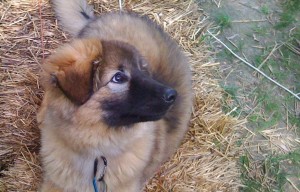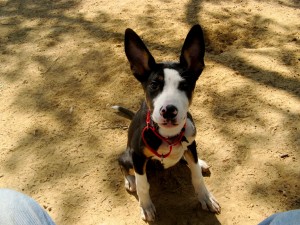 Contrary to popular beliefs, the process of house training is largely governed by a naturally occurring, classical conditioning process. I propose we assign a more accurate, 21st century, label for house training. Let’s name it “potty area conditioning”!
Contrary to popular beliefs, the process of house training is largely governed by a naturally occurring, classical conditioning process. I propose we assign a more accurate, 21st century, label for house training. Let’s name it “potty area conditioning”!
All of your actions will alter the natural process of “potty area conditioning”.
You may hasten the process, delay the process, or unknowingly teach (condition) your dog to eliminate inside.
TWO SIMPLE RULES:
Provide access to desirable area.
Prevent potty accidents inside.
If one always provides their dog the opportunity to eliminate in desired locations and never ever gives the pup access to eliminate in undesirable locations, potty area conditioning will occur without any other input from people.
The dog will associate the desirable areas with the internal relief gained by elimination. The dog will naturally seek out the desired location
.
The type of flooring or ground cover is an important dynamic for potty-area- conditioning.
Many people report their dogs often choose to eliminate on a specific types of ground coverings. This is because a “conditioned” dog automatically seeks out the same type of area that he used most often in the past.
For example, if your pup is always led to a gravel parking lot, he will seek out gravel-like surfaces whenever he feels the pressures associated with the need to eliminate. If he is always led to grassy areas, he will develop a natural preference for grassy areas.
An unsupervised dog that eliminates inside your house will naturally form associations with that type of flooring. In addition, the dog will be attracted to use the same area because of the odors of the soiled areas. The dog will return there to eliminate next time he or she has a need to potty. Yikes!
Happy Training!
Alan J Turner
21st Century Dogs


